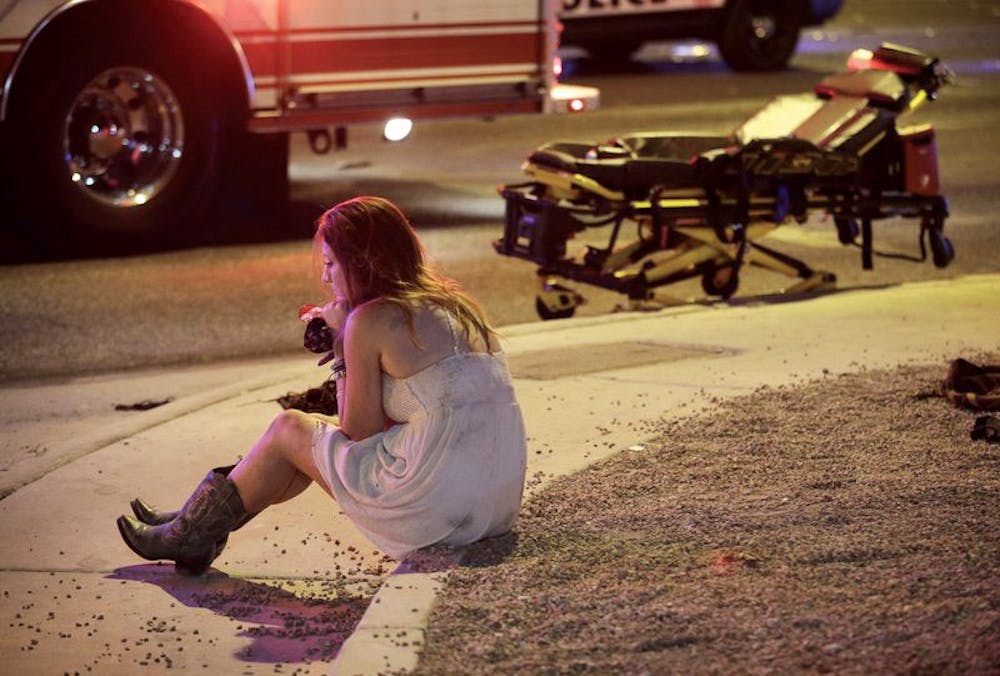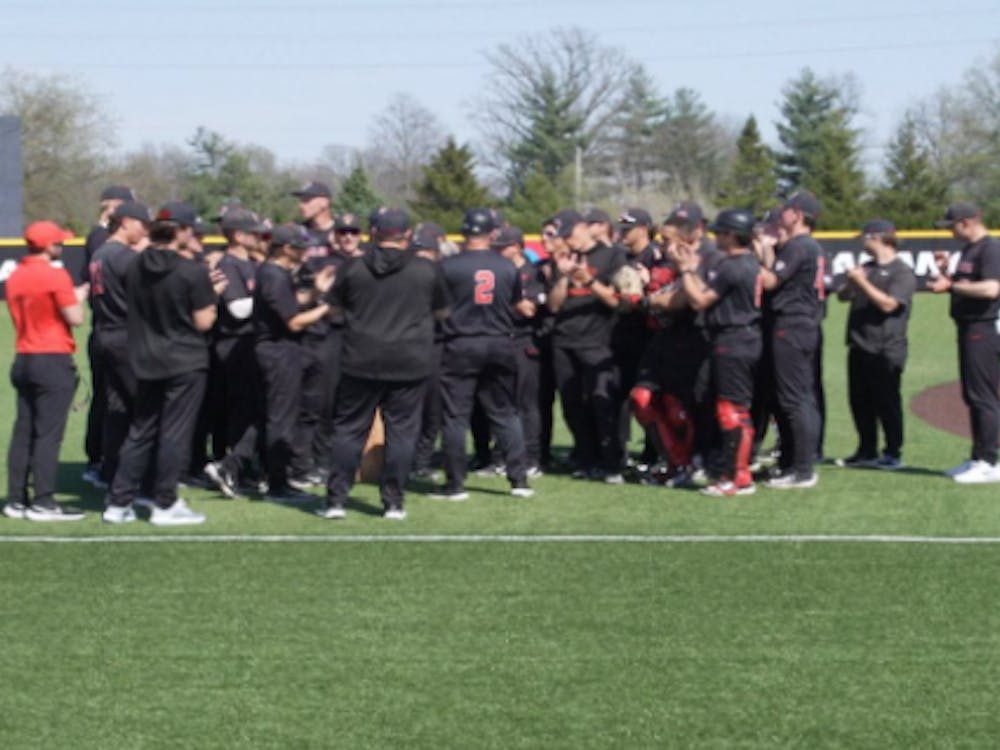Mass murderers don’t just snap, according to a study conducted by Michael Stone, a professor of clinical psychiatry at Columbia University.
Mass murders, Stone said, are planned in advance and are usually acts of revenge or retribution.
Manhattan Terror Attack
On Tuesday, Sayfullo Saipov, 29, drove his vehicle into a bike path in Manhattan, New York, where he killed eight people and injured 11.
In an article by The New York Times, Saipov is referred to as a man “with monsters inside” by Mirrakhmat Muminov, a man Saipov met in Stow, Ohio, when he moved there at the end of 2011.
Since Tuesday, police officials have confirmed Saipov planned the attack a year ago, according to an article by The New York Times.
Las Vegas Massacre
Stephen Paddock, the man who murdered 58 and injured almost 500 at Route 91 Harvest country music festival in Las Vegas Oct. 1, wasn’t mentally ill; he didn’t just "snap," said Jagdish Khubchandani, an associate professor of health science at Ball State.
“We should not be jumping on to say this mass shooter was mentally ill ... he was planning and plotting meticulously. He took care of his mom, he was sending her cookies,” Khubchandani said. “He was helping his partner, then he was gambling intelligently and he was not socially dysfunctional. He seemed to be OK. He was living a double life. I don’t how a mentally ill person can do that.”
Khubchandani said when a mass murder occurs, people with mental illnesses were often used as the scapegoat.
In his study, “Firearm Violence by the Mentally Ill: Mental Health Professionals' Perceptions and Practices,” Khubchandani found only 3 to 5 percent of firearm homicides are committed by someone with a mental illness.
Whether Saipov had a mental illness is unknown; however, according to former FBI profiler Mary O'Toole, it isn’t uncommon for people to assume mass murderers are crazy or insane before assessing the crime.
“When somebody commits a violent crime like mass murder, which is particularly violent, they never stop and pay attention to how the crime scene might have been meticulously planned out and meticulously followed through on,” O’Toole said.
A meticulously carried out crime scene, like those in Las Vegas and Manhattan, are both examples of someone who has the ability to think clearly, which contradicts the idea the murderer was crazy, O’Toole said.
In the mid-1980s, mass shootings were aligned more with school shootings, where a male would go into a classroom and kill fellow students and teachers, but that narrative changed when the Columbine High School massacre happened in 1999.
“It was different because there were so many people that were killed and there really was not any evidence of Eric Harris or Dylan Klebold really being bullied,” O’Toole said. “This was really just a cold-blooded, going in and wanting to kill as many students and teachers as they could.”
After Columbine, the appearance of mass shootings changed, O’Toole said.
“We saw shooters going into different locations and taking lots more guns, a lot more ammunition, and killing people that they didn’t even know,” O’Toole said.
The appearance continued to evolve up until the Las Vegas shooting on Oct. 1, O’Toole said. And as time went on, the motive behind the killings changed as well.
In the 1980s, she said, three or four would be killed because the murderer was upset about something. Now, murderers are killing as many people as possible.
“Now you see people going in and killing as many people as they can because it makes them feel powerful, it makes them feel important, and they have completely dehumanized their victims,” O’Toole said.
And since the 1980s, there have been jumps in how the murders are carried out.
“We’ve seen the shooter coming in with more guns and a lot more ammunition. We’ve seen the shooters coming in with explosive devices, we’ve seen offenders using a car to run over a whole lot of people. We’ve seen a number of changes,” O’Toole said.
But these murders aren’t random; there are often warning signs beforehand, O’Toole said.
“One of the things that we stress with people is that there are warning signs beforehand, before one of these shootings occur, and the warning signs are most likely going to be observed by people that live with the shooter,” O’Toole said.
Sandy Hook
On Oct. 24, the FBI released around 1,500 pages of redacted documents about the Sandy Hook Elementary School shooting.
The documents revealed that Adam Lanza, the man police say is responsible for killing 26 people at Sandy Hook Elementary School on Dec. 14, 2012, began planning the shooting in December 2008.
A source interviewed by the FBI said he became aware of a conversation Lanza had with someone in December 2008, where Lanza supposedly said he planned to kill his mother and children at Sandy Hook in Newton, Connecticut.
The source notified Newton Police Department of their findings, but NPD said they couldn’t do anything because Nancy Lanza, Lanza’s mother, owned the firearms Lanza was going to use.
Additionally, the source revealed Lanza apparently hated his mother and the students at Sandy Hook because he felt his mother loved the students more than him.
In a search of Lanza’s residence, investigators found materials that showed Lanza was preoccupied by mass shootings, including:
- A spreadsheet listing mass murders by name and information about the incident.
- Large amount of materials relating to Columbine shootings and documents on mass murders.
In an interview with special agents, a source who knew Lanza because of his posts on columbinesupermassacrerpg.com said the following:
“Lanza believed that spree killings and mass murders were merely a symptom caused by a broken society. Lanza talked about school killings and those who committed them with respect and understanding.”
These signs, O’Toole said, are all warning signs that someone who lives with the shooter might observe.
“Somebody who observes the shooter starting to collect his weapons, going to the firing range, being obsessed with other mass murders, talking about nothing but how much they admire other mass murders,” O’Toole said.
Contact Mary Freda with comments at mafreda@bsu.edu or on Twitter at @Mary_Freda1.





